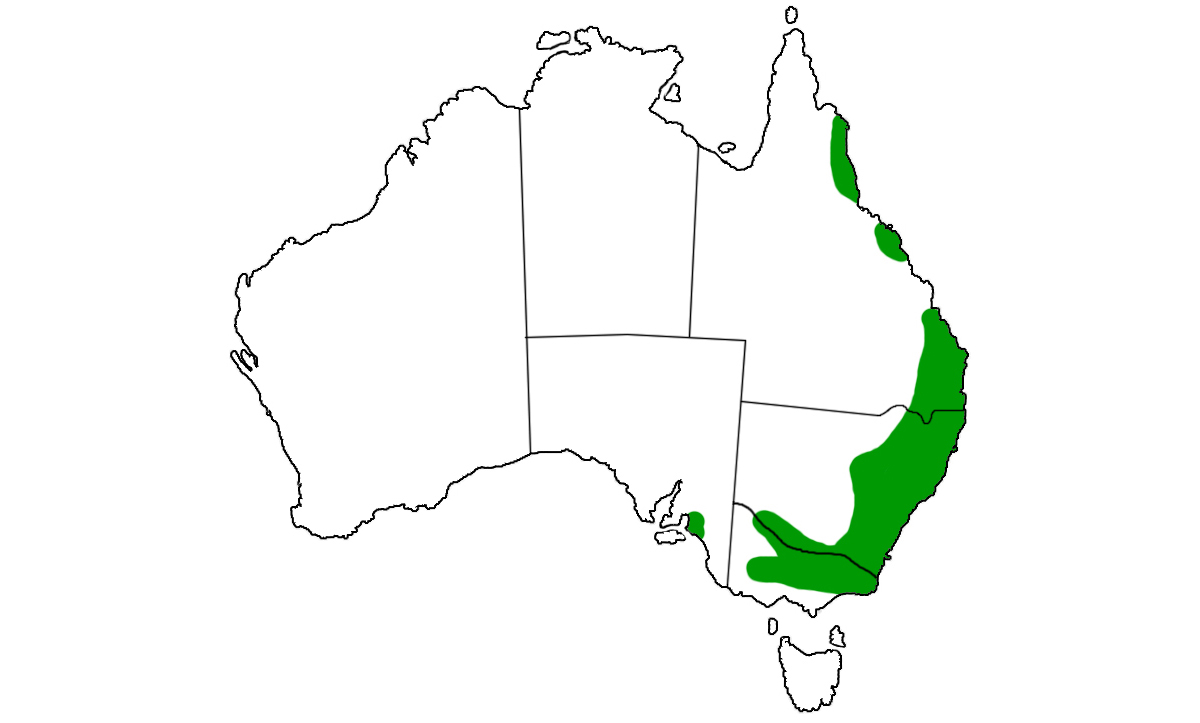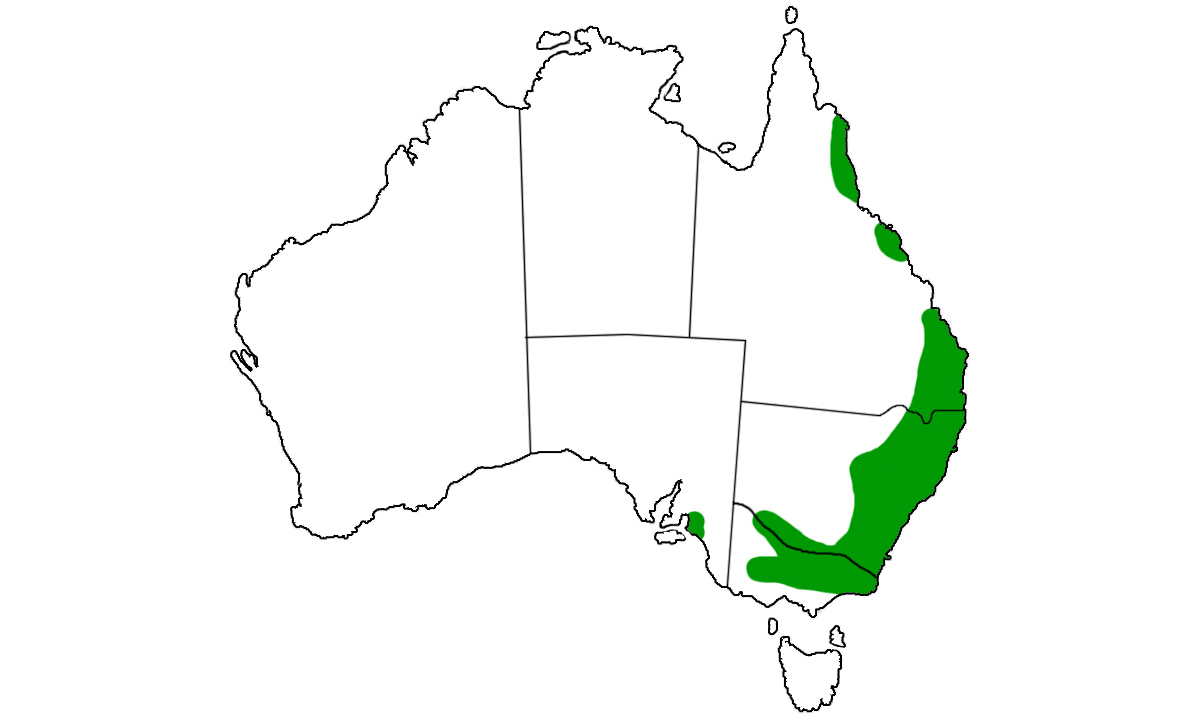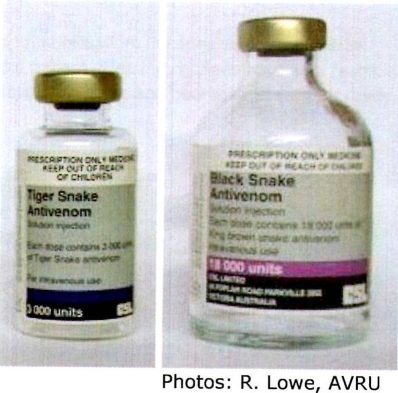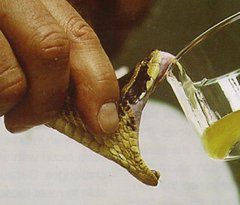Pseudechis porphyriacus or Red-bellied Black Snake
The Red-bellied Black Snake is a diurnal (day time) predator. The average length for this snake is 1.5 metres, but they can reach a length of 2.7 metres. They enjoy living around watercourses and marshy grounds, as their favourite foods (frogs, eels and lizards) are usually found in these areas. The introduction of the Cane Toad almost wiped this species out. Fortunately there seemed to be a number of Red-bellied Black Snakes that chose not to eat toads. These animals seem to have passed this trait on to their offspring, resulting in Red-bellied Black Snake population numbers becoming more secure.
The Red-bellied Black Snake is a shy and docile snake. Red Bellies have been known to strike with their mouths closed to scare off unwanted attackers, which is contrary to their reputation as ferocious animals. The venom of the Red-bellied Black Snake is quite low in potency compared with most other venomous species. Its venom possesses procoagulant (blood-clotting) and myolytic (muscle-destroying) activity. It is not unusual for necrosis (tissue death) to occur at the bite site.
The Red Bellied Black Snake bears live babies, with litters of up to 20 not uncommon.
Did you know...
- The average length for the red-bellied black snake is 1.5 metres, but they can reach a length of 2.7 metres.
- The venom of the red-bellied black snake is quite low in potency compared with most other venomous species.
- Red bellies have been known to strike with their mouths closed to scare off unwanted attackers, which is contrary to their reputation as ferocious animals.
- The red-bellied black snake bears live babies.
Where Red-Bellies can be found in Australia:







